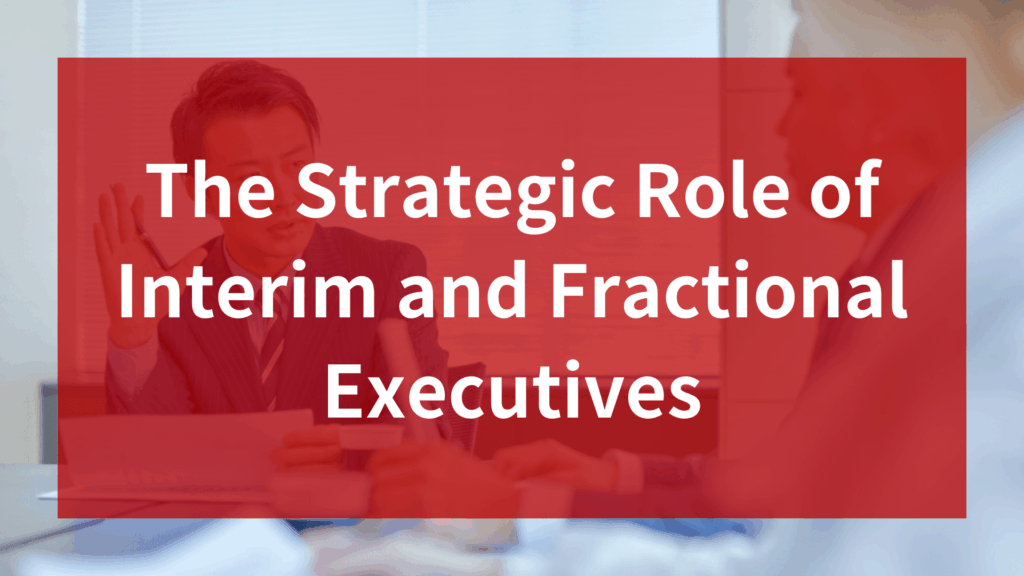
Hey there, welcome back to The Ed of HR. Today, I want to dive into something that every HR professional will encounter sooner or later, and something that I often post about — burnout. We’ve all heard the term, but how often do we really take action before it’s too late?
As an HR leader, you have a unique vantage point in your company. You’re not just there to fix issues after they happen; you’re there to stop the fires before they start. Let’s talk about how we can create an environment where employees aren’t constantly feeling drained. After all, happier employees lead to a happier company, right? Here are five ways HR can make a real impact in preventing burnout and creating a balanced workplace.
1. Spot the Early Warning Signs
Burnout doesn’t appear overnight, but the warning signs are often easy to miss. People might start logging more sick days, missing deadlines, or their performance might slip a bit. But these subtle changes are often the first clues that something’s off.
What can HR do? Regular one-on-ones. Not just the “how’s work?” kind, but the deeper conversations about workload, stress levels, and personal well-being. Make it clear that employees can talk openly without fearing judgment. Sometimes all it takes is a little check-in to stop things from spiraling. It is also important to separate these from evaluations, so that employees can speak freely about their difficulties.
2. Embrace Flexibility, Within Reason
How people prioritize work and life has changed. Fact. You can try your hardest to return to how things were before the pandemic, but you’d be better off trying to herd cats. People are juggling family, hobbies, side hustles, and they need the space to do that. Offering flexible work options, whether it’s remote work or flexible hours, helps employees maintain balance. And no, it doesn’t mean productivity will tank. If anything, people tend to perform better when they feel trusted and in control of their schedules.
If full-on flexibility isn’t an option, start small. Maybe allow a few work-from-home days or give employees the option to shift their hours once or twice a week. It’s about showing that you trust them to get the job done, on their own terms. People value the option of flexibility and trust more than they care about regular work from home or flexitime.
3. Encourage Time Off—For Real This Time
We all love to talk about the importance of work-life balance, but how many of us actually encourage employees to use their vacation days or even just take a break away from their desk? It’s not just about taking a two-week holiday in the summer. Daily breaks, those 5-minute breathers away from the screen, can work wonders for resetting energy levels.
Try starting a friendly initiative. Something like a “Take 5” campaign, reminding people to step away from their desks for a few minutes each day to refresh and come back stronger and more productive. And don’t forget to nudge employees about their unused vacation days. They might not take the time off unless you remind them it’s okay to do so.
4. Make Mental Health Resources Accessible
Mental health in the workplace used to be something people avoided talking about. Not anymore. Providing easy access to mental health resources, whether through an Employee Assistance Program (EAP) or offering counseling sessions, is critical in today’s world. Employees should know there’s support available when they need it.
If your company already has mental health resources in place, make sure they’re visible! A lot of employees don’t even realize what’s available to them. Consider organizing stress management workshops or even “mental health days”, days where it’s okay to take a break and recharge.
5. Train Your Managers to Be Part of the Solution
As much as HR has a role in preventing burnout, managers are the ones working directly with employees day in and day out. They’re the first to notice when something’s off, but they also need the skills to handle those situations properly. That’s where HR comes in.
Train your managers on how to check in with their teams about stress levels, workloads, and overall well-being. It’s not about micromanaging or prying, it’s about encouraging empathy and open communication. Sometimes, all someone needs is a little understanding from their boss to start feeling better.
Summing Up
Burnout isn’t just about employees feeling tired, it affects the entire company. The good news is, it’s preventable. By spotting the signs early, promoting flexibility, encouraging time off, and providing mental health support, HR can lead the charge in creating a more balanced, healthier workplace.So, how’s your team holding up? Any signs of burnout on the horizon? It’s always good to keep the conversation going. Feel free to reach out to me at ed@focuscoregroup.com, as well as heading over to this article on Linkedin and leaving a comment.
Latest Articles
Strategic Partnership in Executive Search
Our clients partner with us because of our best in practice executive search methodology and deep specialist knowledge of the Japan market




